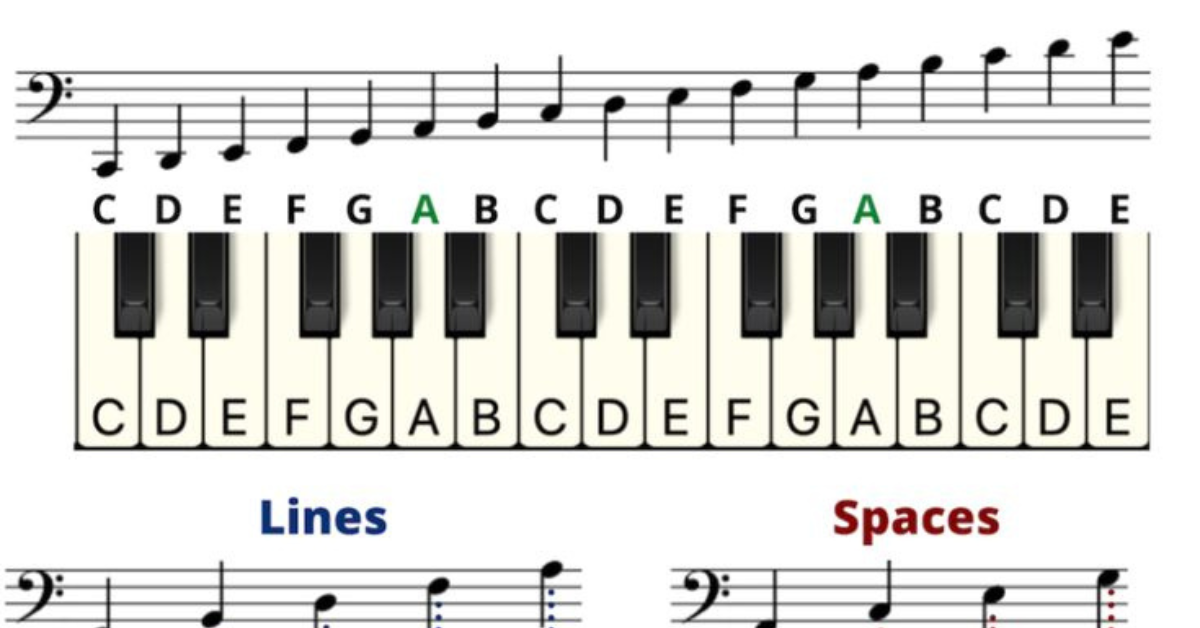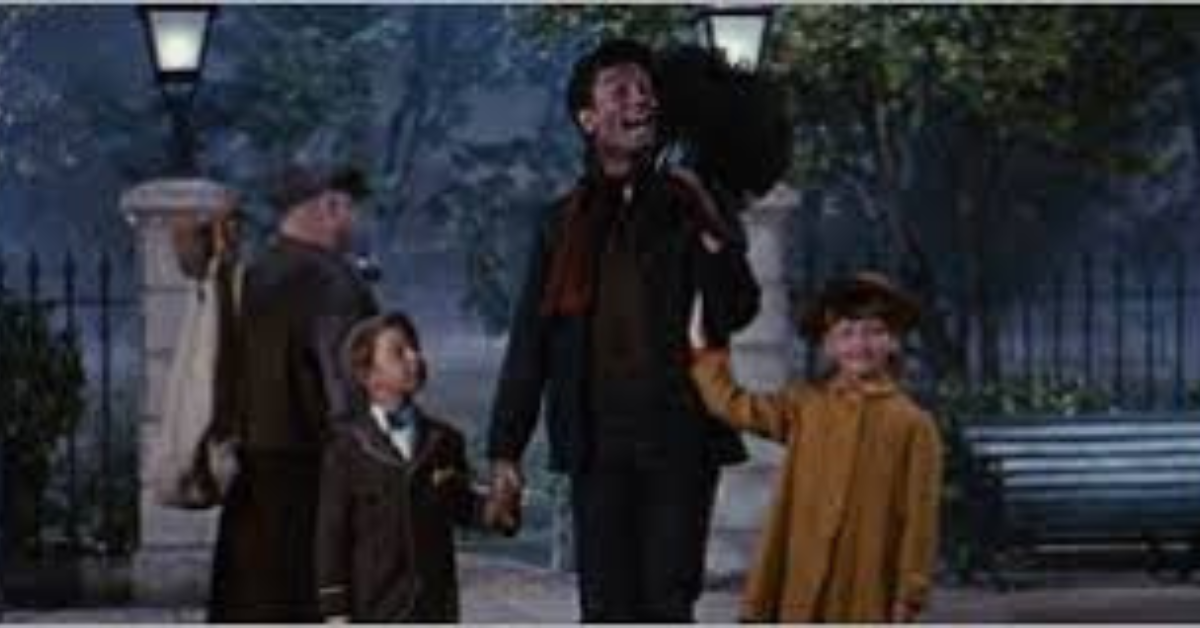Reading piano notes is a fundamental skill that opens the door to playing music on this beautiful instrument. Whether you’re a beginner eager to learn or someone returning to the piano after a long break, understanding how to read sheet music is essential. This guide will take you through the basics, including the staff, clefs, notes, rhythms, and tips for practice.
Understanding the Basics of Sheet Music
The Staff
Sheet music is made up of a series of horizontal lines and spaces called the staff. A standard staff consists of five lines and four spaces. Each line and space corresponds to a specific musical note.
Clefs
The two most common clefs used in piano music are the treble clef and the bass clef.
- Treble Clef: This clef is used for higher-pitched notes, typically played with the right hand. The treble clef symbol resembles an ornate letter “G” and circles the second line of the staff, which represents the note G.
- Bass Clef: Used for lower-pitched notes, typically played with the left hand, the bass clef looks like an ornate letter “F” and indicates the fourth line of the staff, representing the note F.
Note Names
Each line and space on the staff corresponds to a specific note:
- Treble Clef Notes:
- Lines: E, G, B, D, F (from bottom to top; remember it with the phrase “Every Good Boy Does Fine”).
- Spaces: F, A, C, E (from bottom to top; this spells “FACE”).
- Bass Clef Notes:
- Lines: G, B, D, F, A (from bottom to top; remember it with “Good Boys Do Fine Always”).
- Spaces: A, C, E, G (from bottom to top; this spells “All Cows Eat Grass”).
Reading Notes on the Staff
Identifying Notes
Once you understand the note names, practice identifying notes on the staff. Look for familiar patterns, such as the placement of notes relative to each other.
Ledger Lines
Notes that fall above or below the staff are indicated using ledger lines. These are additional lines that extend the staff. For example, the note above the treble staff is called C, and it’s notated on a ledger line.
Sharp and Flat Notes
Notes can also be modified using sharps (♯) and flats (♭). A sharp raises a note by a half step, while a flat lowers it by a half step. Be aware of accidentals, which are sharps and flats that are applied to notes for the duration of a measure.
Understanding Rhythm and Timing
Note Values
Notes have different shapes that indicate their duration:
- Whole Note: Held for four beats.
- Half Note: Held for two beats.
- Quarter Note: Held for one beat.
- Eighth Note: Held for half a beat.
Rests
Just like notes, there are symbols for rests that indicate silence. The value of rests corresponds to the note values: a whole rest, half rest, quarter rest, etc.
Time Signature
The time signature is indicated at the beginning of the piece and informs you how many beats are in each measure and what note value gets one beat. The most common time signature is 4/4, which means there are four beats per measure, and the quarter note receives one beat.
Tips for Practicing
- Start Slow: Begin by practicing simple pieces that use only a few notes and gradually progress to more complex pieces.
- Use Mnemonics: Create memorable phrases to help you remember note names on the staff.
- Practice Regularly: Consistent practice is key to becoming proficient in reading piano notes. Set aside dedicated time each day.
- Play with Both Hands: As you become more comfortable, practice playing pieces that require both the treble and bass clef to develop coordination.
- Use a Piano Method Book: Consider using beginner piano method books that include exercises specifically designed to improve your note-reading skills.
- Engage with Apps and Software: There are many apps and software programs designed to help musicians learn how to read music, offering interactive exercises and games.

